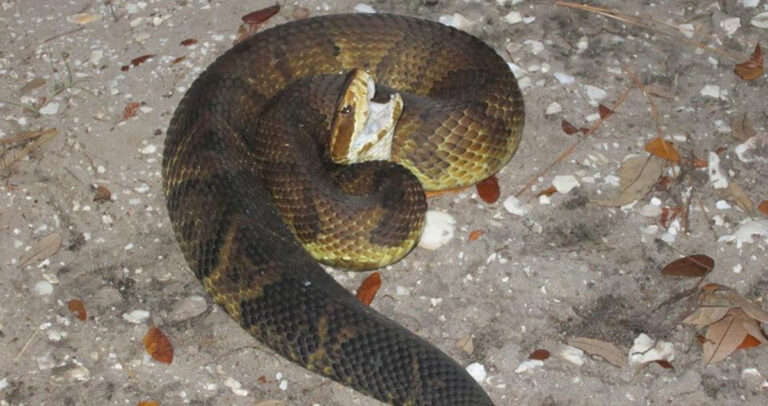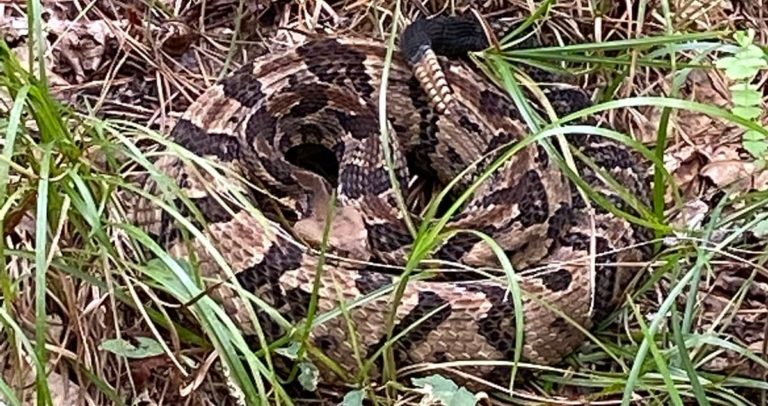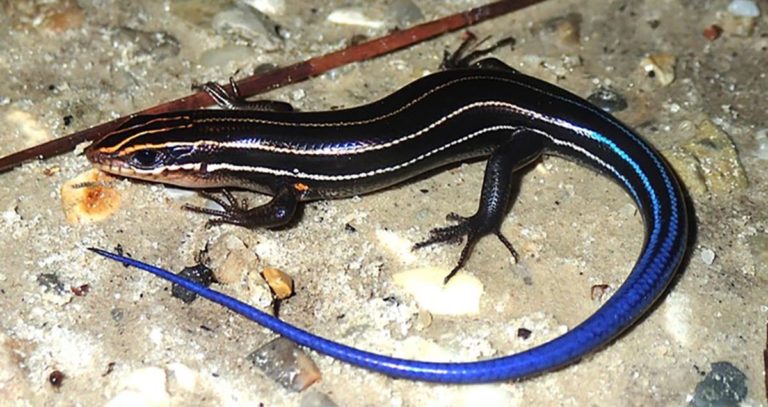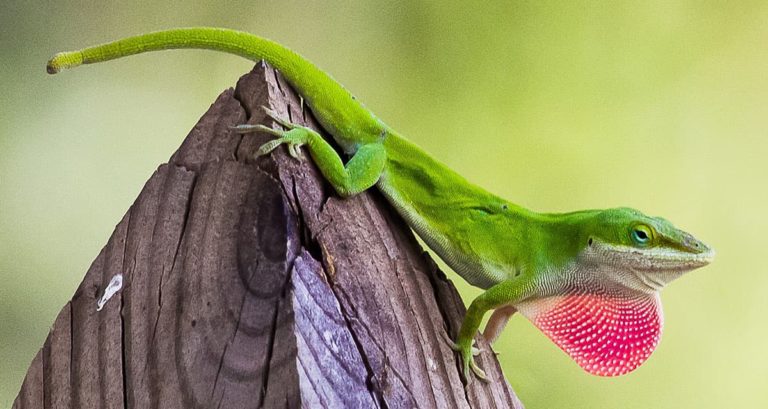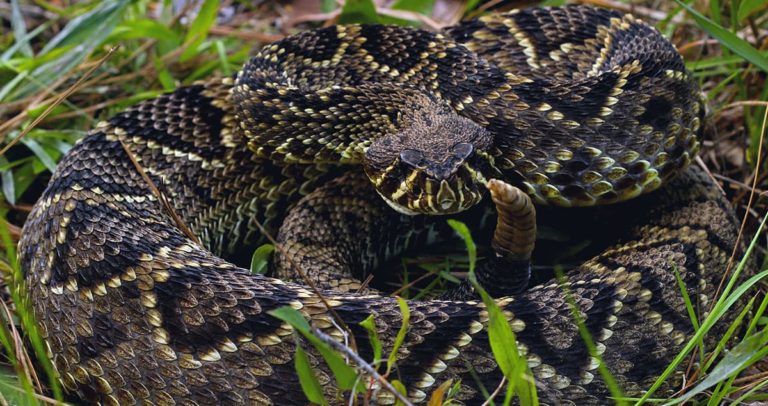Georgia’s Broadhead Skinks: Masters of Disguise
Broadhead skinks (Plestiodon laticeps) are among the largest and most elusive skinks in Georgia, often hiding out of sight from curious onlookers. Despite their shy nature, these captivating reptiles are essential components of the state’s ecosystems. In this article, we will delve into the world of broadhead skinks, exploring their habitat, appearance, diet, and behavior, as well as their role in Georgia’s ecology, their importance in the food chain, and their fascinating mating habits.
About Broadhead Skinks
Habitat and Distribution
Broadhead skinks are found throughout Georgia, inhabiting forests, swamps, and wooded suburban areas. They prefer dense vegetation and are most commonly found in trees, under bark, or in leaf litter. These habitats provide them with ample cover to hide from predators and abundant prey for hunting. The ideal environment for broadhead skinks includes a mix of deciduous and coniferous trees, as well as ample sunlight to allow for thermoregulation.
In addition to Georgia, their range extends across much of the southeastern United States, from the Atlantic Coast westward to eastern Texas and Oklahoma, and as far north as southern Illinois.
Appearance and Identification
As one of the largest skink species in Georgia, broadhead skinks can grow up to 13 inches in length, with males being larger than females. They have smooth, shiny scales and a robust, muscular build. The coloration of broadhead skinks varies based on age and sex.
Juveniles sport a bright blue tail and a black or dark brown body, with five thin white stripes running down their backs. This striking coloration gradually fades as they mature, with the blue tail disappearing altogether in adults.
Adult females have a duller brown or olive color, often retaining remnants of the white stripes on their backs. Their legs and toes are well-developed, allowing them to expertly navigate the trees and underbrush they call home.
Adult males, however, develop a distinctive reddish-brown head, giving them their common name. This bold coloration is more pronounced during the breeding season and serves as a visual indicator of dominance and fitness to potential mates. Males also have larger, more triangular heads than females, further distinguishing them from their female counterparts.
Diet and Foraging
Broadhead skinks are primarily insectivorous, feeding on a wide variety of insects and other small invertebrates, such as beetles, caterpillars, spiders, and snails. They are active hunters, using their agility and keen eyesight to locate and capture prey. Broadhead skinks employ a combination of sit-and-wait and active foraging tactics, allowing them to adapt their hunting strategies to their environment and the availability of prey.
During the active foraging phase, they patrol their territories in search of food, moving quickly through their environment to catch insects on the ground, on tree trunks, or among the foliage. In contrast, during the sit-and-wait phase, they take up a position on a tree branch, fence, or rock, carefully watching for any movement that may indicate the presence of prey.
Occasionally, broadhead skinks may consume small vertebrates such as hatchling birds or other smaller reptiles, showcasing their opportunistic feeding habits and adaptability to various prey sources.
Behavior and Reproduction
Broadhead skinks are elusive creatures, making them difficult to observe in the wild. They are diurnal, meaning they are most active during the day, when they spend their time hunting, basking, or hiding. During the warmer months, they are particularly active, as the increase in temperature allows them to maintain optimal body temperatures for hunting and other activities.
During the breeding season, which runs from April to July, male broadhead skinks become territorial and more aggressive. They use their enlarged head and jaw muscles to engage in combat with other males, biting and grappling with each other until one submits. These battles can be fierce, with the dominant male emerging as the victor and gaining the right to mate with females in his territory.
Once a male has established his territory, he will court a female through a series of head bobs and tail-waving displays. The reddish-brown coloration of the male’s head is especially important during these displays, as it helps to convey his strength and suitability as a mate. If the female is receptive, she will signal her interest by approaching the male and allowing him to mount her.
After mating, females lay a clutch of 8 to 22 eggs in a concealed location, such as a rotting log or beneath leaf litter. Unlike many other reptiles, female broadhead skinks exhibit maternal care, guarding their eggs until they hatch, which usually takes about 45 to 60 days. During this time, the female remains vigilant, protecting her nest from potential predators and regulating the nest’s temperature and humidity to ensure optimal conditions for her developing offspring.
Upon hatching, the young skinks are entirely independent and receive no further parental care. They will rapidly grow and mature, reaching sexual maturity in 2 to 3 years. In the wild, broadhead skinks can live up to 6 years, with some individuals in captivity living longer.
Role in the Ecosystem and Conservation
Broadhead skinks play a vital role in Georgia’s ecosystems as both predator and prey. They help control insect populations, contributing to the balance of their native habitats. In turn, they serve as a food source for larger predators like birds, snakes, and mammals. This dual role highlights their importance in maintaining the health and stability of their ecosystems.
Although broadhead skinks are not currently listed as endangered or threatened, they face challenges such as habitat loss, pesticide exposure, and climate change. Deforestation and the conversion of natural habitats to agriculture or urban areas can significantly impact broadhead skink populations, as these activities reduce the availability of suitable habitats and prey sources.
Pesticide exposure is another concern, as these chemicals can contaminate the insects that broadhead skinks feed on, leading to a decline in their food sources or causing direct harm to the skinks themselves. Additionally, climate change may alter temperature and precipitation patterns, which could impact broadhead skink populations by affecting their preferred habitats or altering the availability of prey.
Conservation efforts should focus on preserving their habitats and raising awareness of the importance of these fascinating reptiles in Georgia’s ecosystems. By protecting the habitats of broadhead skinks and other native species, we can help to maintain the health and diversity of Georgia’s natural landscapes.
Final Thoughts
Broadhead skinks are intriguing, secretive reptiles that enrich Georgia’s natural landscapes. By learning more about these elusive creatures and their vital roles in the environment, we can contribute to their conservation and ensure their continued presence in Georgia’s ecosystems for future generations to appreciate and admire. As residents of Georgia or visitors to the state, it is our responsibility to value and protect the unique species that call our region home, and the broadhead skink is a shining example of the extraordinary biodiversity that Georgia has to offer.

